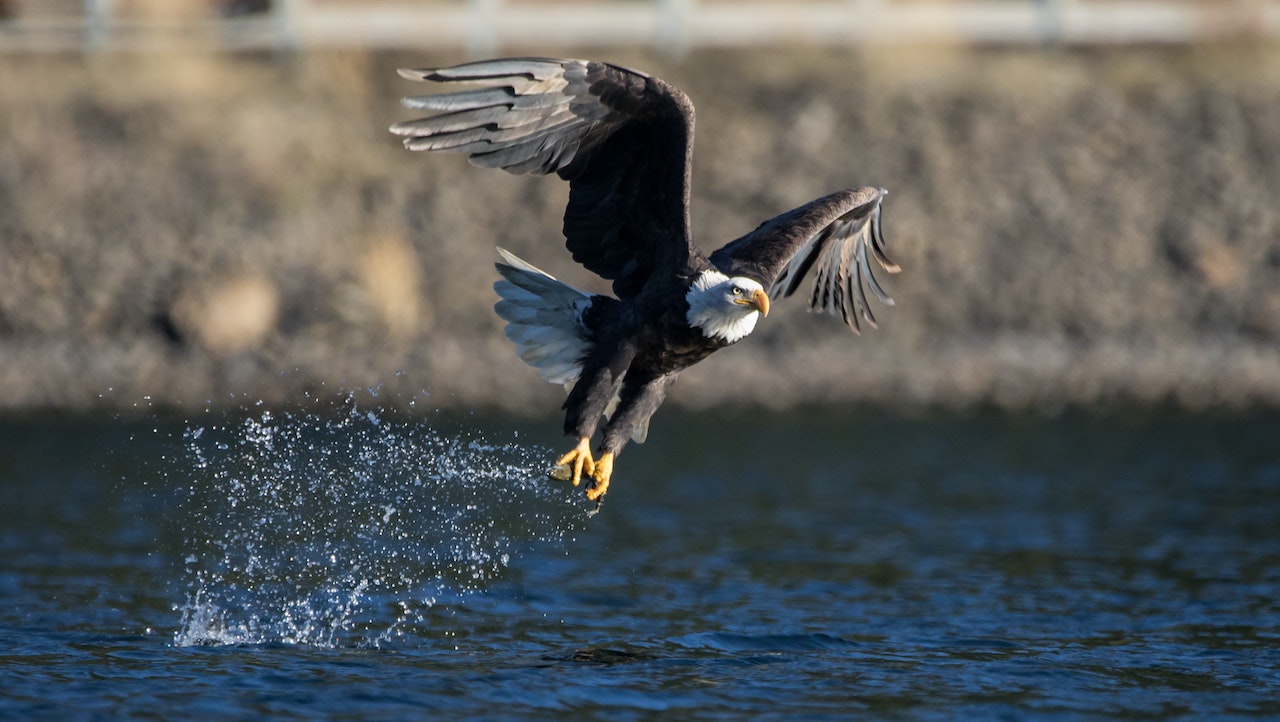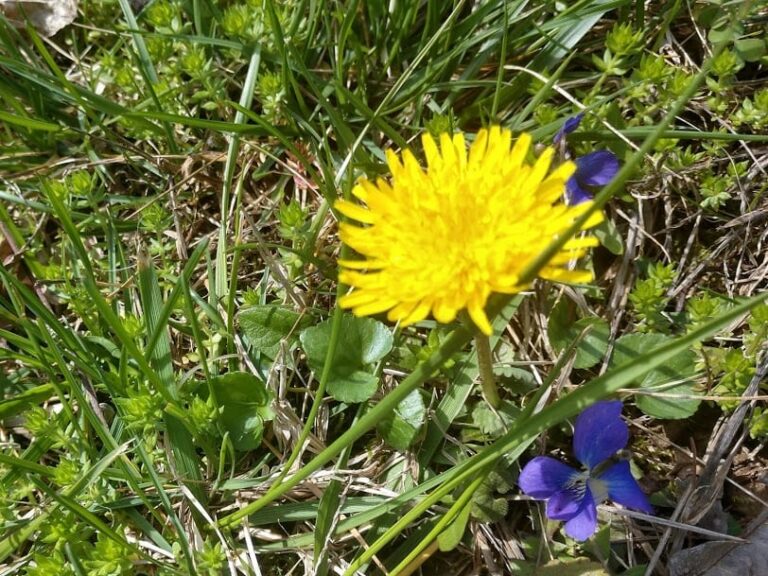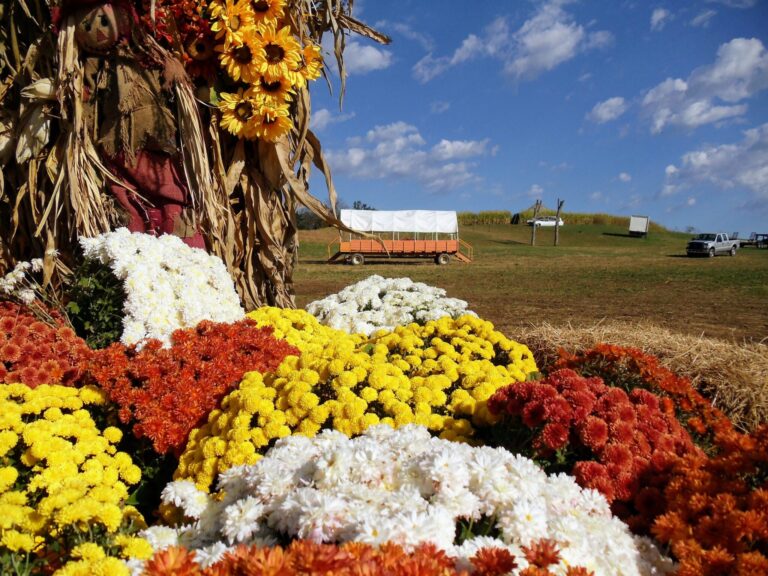Birdwatching for Bald Eagles in the 9 Lakes Region
For many of us old-timers, the catastrophic decline of eagles in the wild meant that a sighting in Tennessee was a rare occurrence. Beginning in the late 1960’s and continuing to 1973, the use of pesticides had nearly wiped out the national population of eagles. Federal laws enacted that banned the use of the DDT pesticide, combined with an aggressive reintroduction program effectively led to the growing population of both migrating and nesting eagles.
The 9 Lakes region is an ideal habitat for both migrating and nesting eagles. Bald eagles will live within two and a half miles of rivers, lakes, or other bodies of water which provide their main source and preferred sources of food.
The migrating birds of southern Canada and the Great Lakes region will begin appearing in late October and peak in mid-February. Migrating birds will return to their homes to nest.
Nesting eagles stay year round and will typically nest in large mature trees or on cliffs and man-made structures.
At this time year, with the trees devoid of leaves and an increase of migrating birds, it is not unusual to spot adult eagles swooping down on the water to catch their meal. These powerful birds are avid anglers and are able to spot their prey from great heights. Avid birders will spot eagle’s nest on many of the lakes and rivers in the 9 Lakes.
Lakes and rivers with excellent populations of nesting and migrating eagles: Norris Lake, Watts Bar Lake, Clinch River, Douglas Lake, and Seven Islands State Birding Park.
Plan a winter hike or paddle to one of these locations to see bald eagles.







